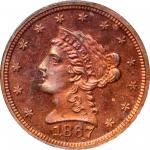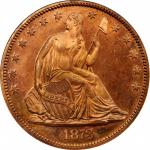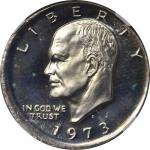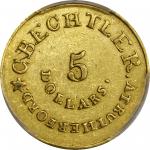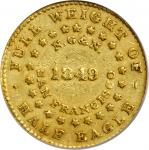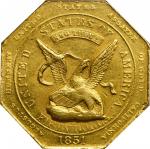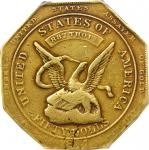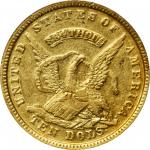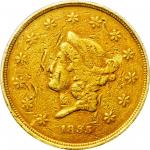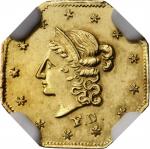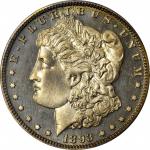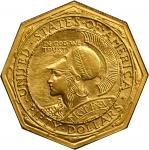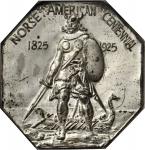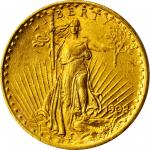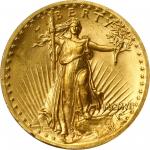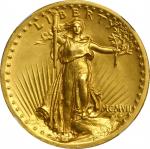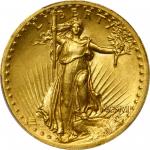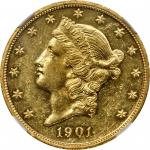1836 Pattern Gold Dollar. Judd-67, Pollock-70. Rarity-5. Gold. Plain Edge. Proof-63 Cameo (PCGS).<strong>Obv:</strong> A liberty cap surrounded by a glory or sunburst, which design is similar to that used on certain coins of the Republic of Mexico. The band of the cap is inscribed LIBERTY. <strong>Rev:</strong> A coiled palm frond encircles the denomination 1 D. with the legend UNITED STATES OF AMERICA around the border and the date 1836 below. This is a very pretty specimen with mottled pink highlights to deep orange-gold surfaces. Sharply struck with appreciable cameo contrast further enhancing already strong eye appeal.<p>When Alt Christof Bechtler along with his sons opened his mint in Rutherfordton, North Carolina in 1831, he introduced a new type of coin, the gold dollar. As the Bechtlers became progressively more successful and their coins more widely accepted, Mint officials began taking an interest in their coins. They found that the Bechtlers coins were eagerly accepted in the region and were of good quality and weight, including the gold dollar. While the success of the Bechtler Mint eventually led to the establishment of federal mints in Charlotte and Dahlonega in 1838, government officials were also taking their first tentative steps into launching a gold dollar of their own. In 1836, Treasury Secretary Levi Woodbury tried to convince Mint Director Robert Maskell Patterson to initiate a project to develop such a coin. Patterson, on the other hand, had no interest in striking a gold dollar, arguing that only "second-rate countries issued gold coins of such small size," as Q. David Bowers writes in his guide book to the denomination. With great reluctance, Patterson relented and directed Christian Gobrecht to design a pattern for the denomination. The obverse of Gobrechts pattern gold dollar bore a striking resemblance to the "Libertad" coinage from Mexico of the time with the cap and rays motif. The reverse was a simple palm frond arranged in a circle surrounding the denomination. David Akers in his work on gold patterns states that 10 to 15 specimens were struck, however, additional research bolstered by certification figures puts the number closer to 30 to 40. The design was widely praised and considered a success but ultimately the project died on the vine, no doubt as a result of Pattersons ambivalence. It would not be until 13 years later until an official United States gold dollar would see general circulation. In 1844, examples were struck from the same dies as the originals but in a gold/silver alloy, and again in 1859 a few more restrikes were made, with at least one of them known overstruck on an 1859 gold dollar. With its minimalist yet aesthetically pleasing design, Gobrechts pattern gold dollars have long generated intense interest in the collecting community. One of the earliest appearances at auction occurred in 1855 when Bangs, Brother & Company of New York sold an example for $5.75. Today, the issues popularity remains as strong as ever and there is little doubt that the present Choice Proof specimen will engender keen interest from pattern specialists and experienced numismatists alike.

